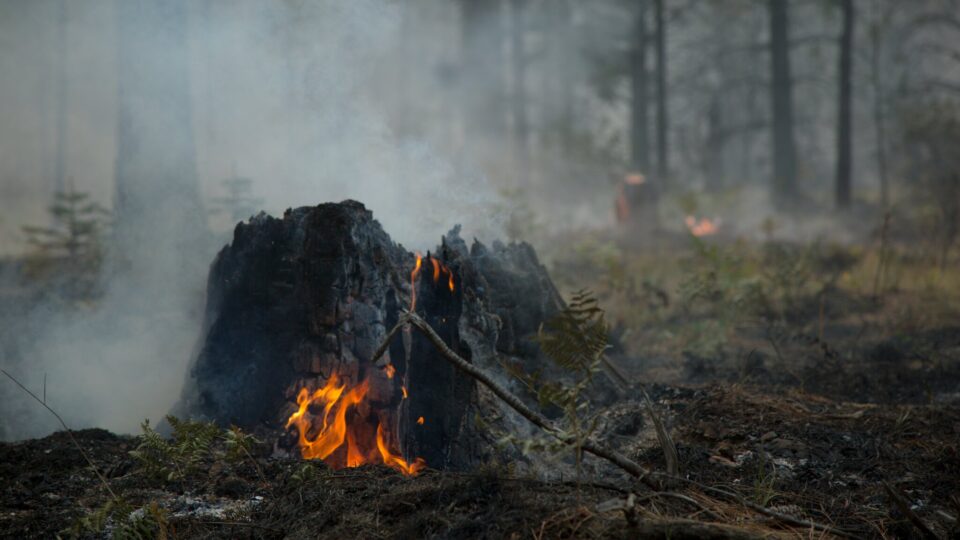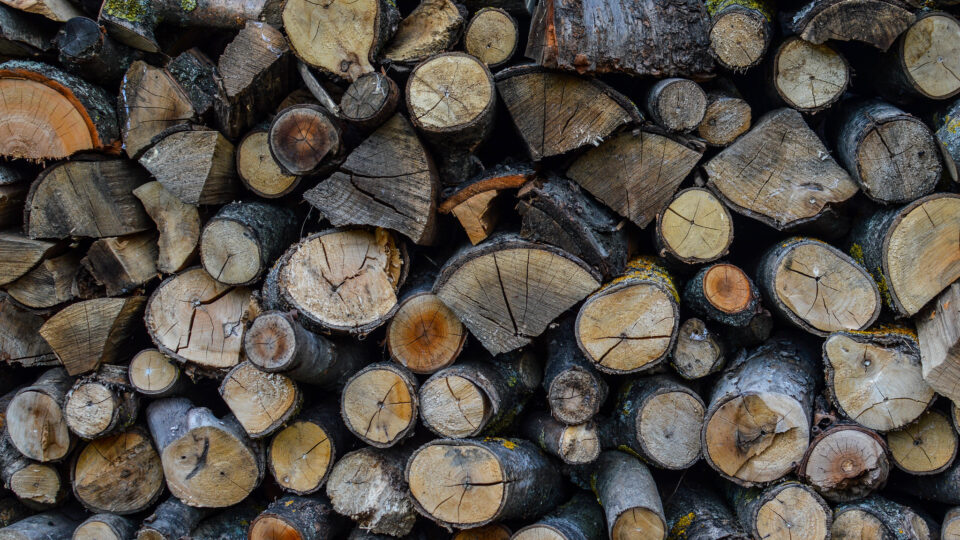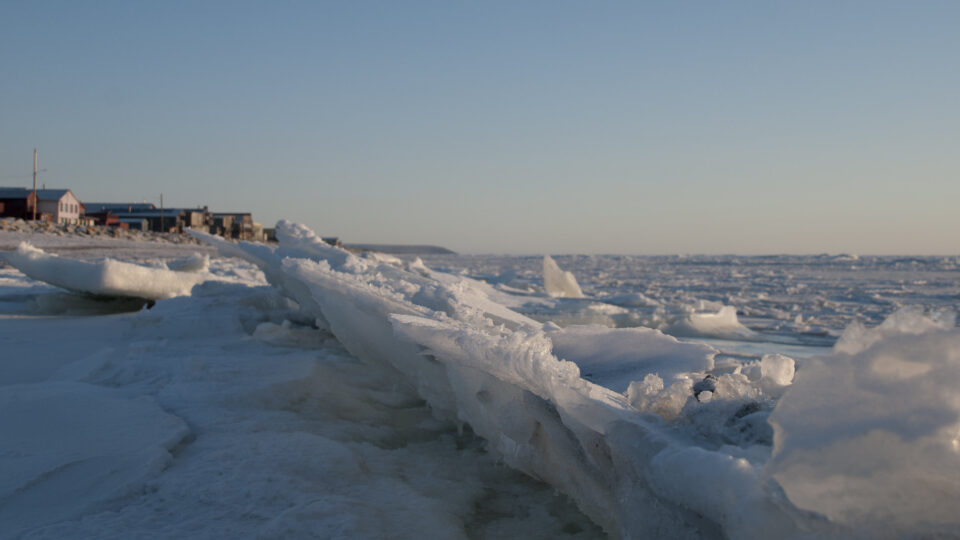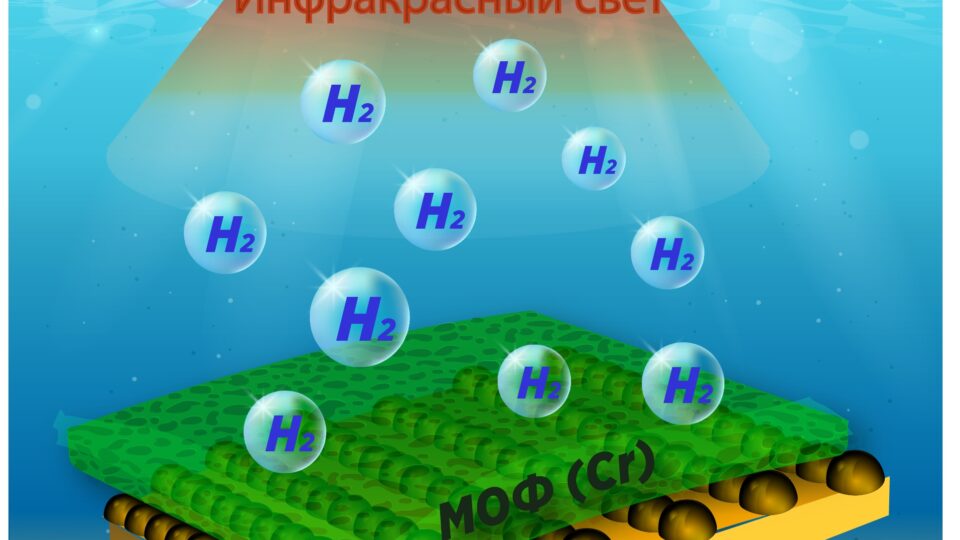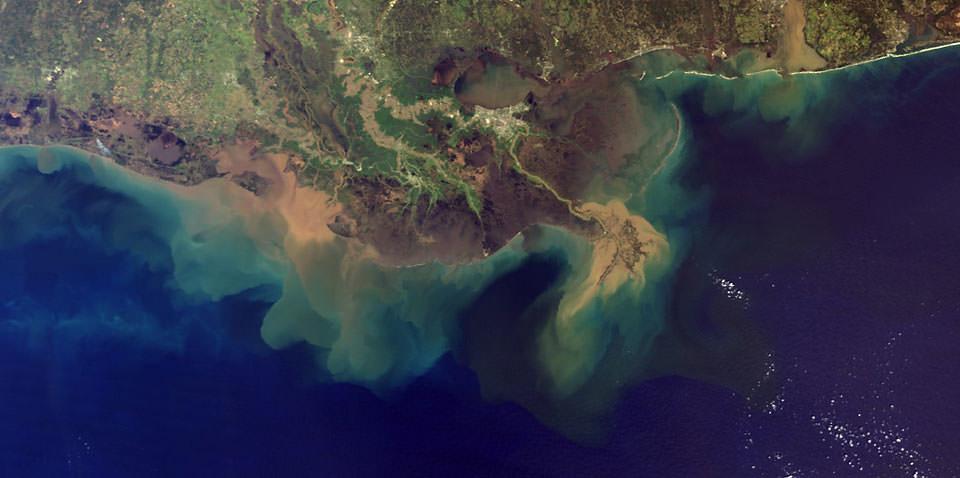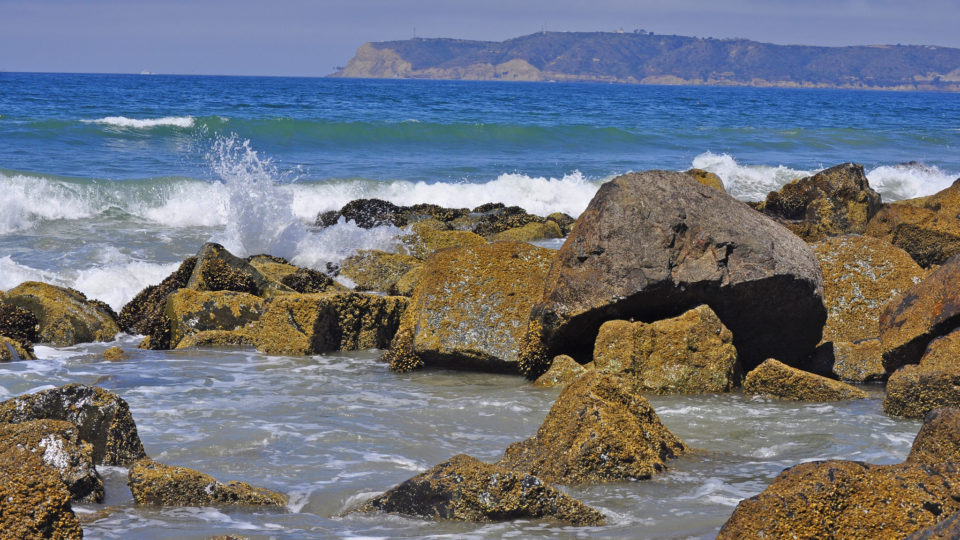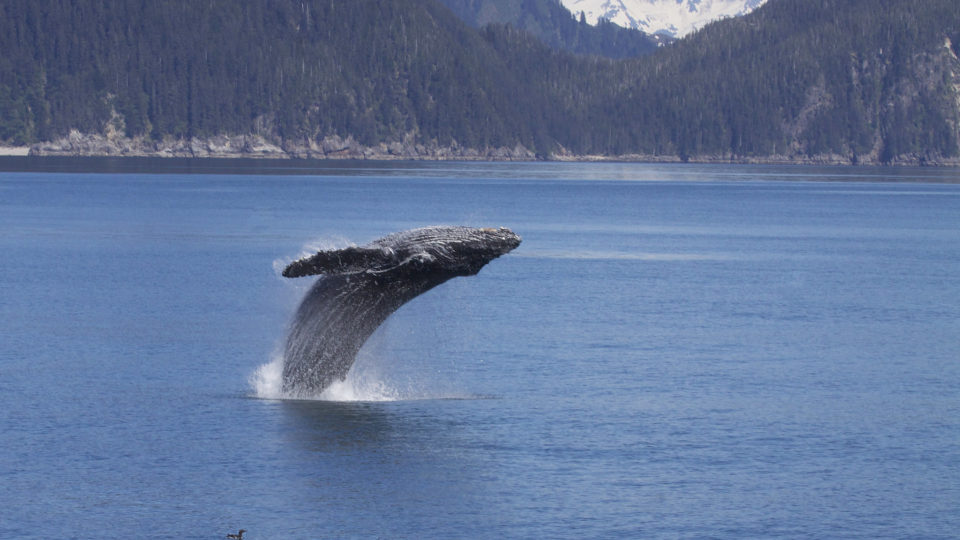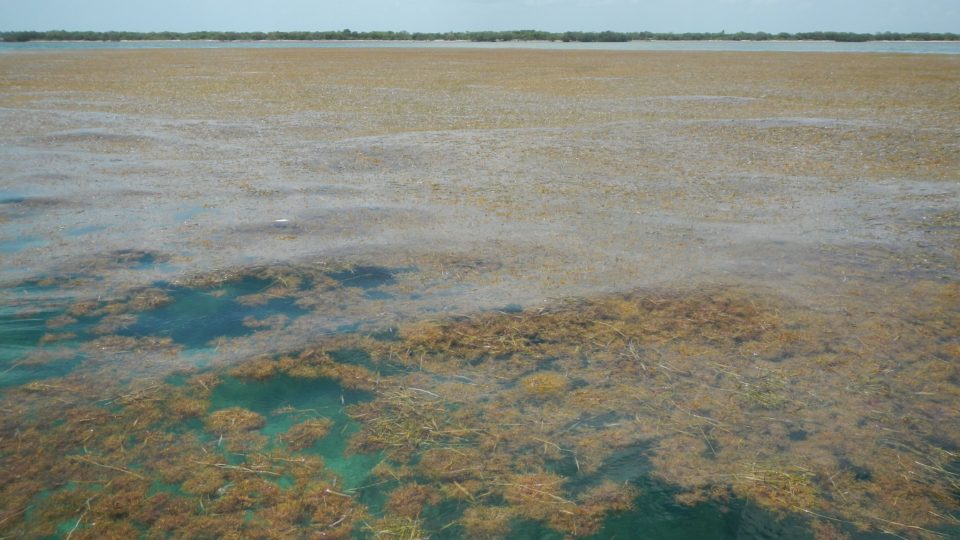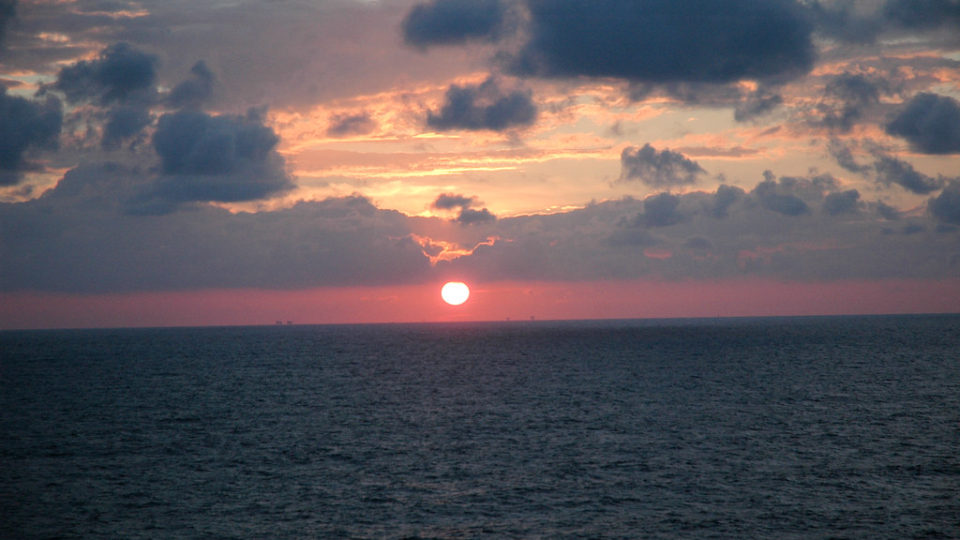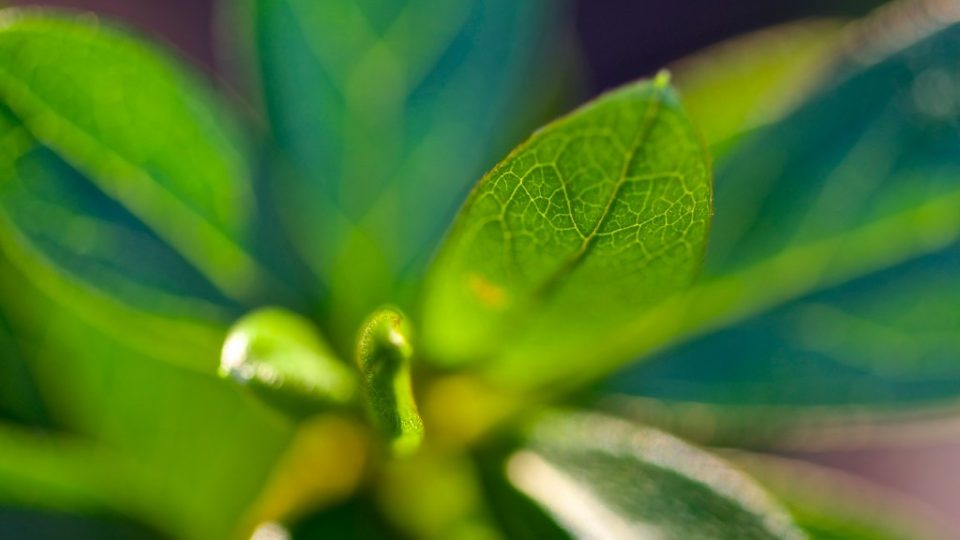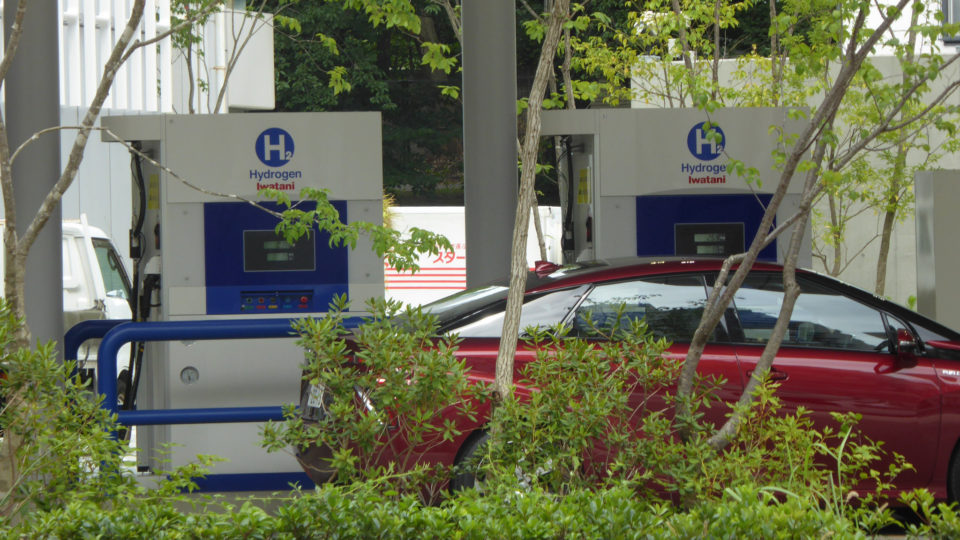Offshore wind is booming in Europe. The expansion of wind energy in the German Bight and Baltic Sea has been especially dramatic. At this point, there are about 8 gigawatts of wind turbines in German waters, the equivalent of about 8 nuclear power plants. But space in this region is limited so that wind farms are sometimes built very close to one another.
A team of researchers from the Helmholtz Center Hereon, a major German research institute, has found that wind speeds downstream from large windfarms are significantly slowed down. In a study published in the journal Nature Scientific Reports, they found that this braking effect can result in astonishingly large-scale lowering of wind speeds.
On average, the regions of lowered wind can extend 20-30 miles and, under certain weather conditions, can even extend up to 60 miles. As a result, the output of a neighboring wind farm located within this distance can be reduced by 20 to 25 percent.
These wake effects are weather dependent. During stable weather conditions, which are typically the case in the spring in German waters, the effects can be especially large. During stormy times, such as in November and December, the atmosphere is so mixed that the wind farm wake effects are relatively small.
Based on their modeling, it is clear that if wind farms are planned to be located close together, these wake effects need to be taken into account. The researchers next want to investigate the effects that reduced wind speeds have on life in the sea. Ocean winds affect salt and oxygen content, temperatures, and nutrients in the water. It is important to find out how reduced winds might affect marine ecosystems.
**********
Web Links
Are wind farms slowing each other down?
Photo, posted November 23, 2011, courtesy of David J Laporte via Flickr.
Earth Wise is a production of WAMC Northeast Public Radio.

